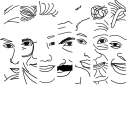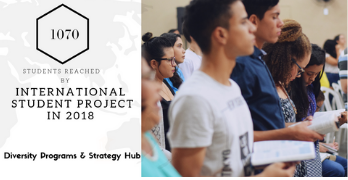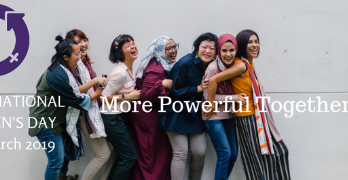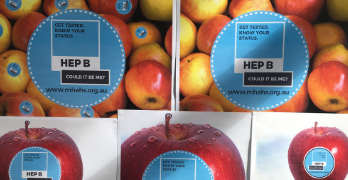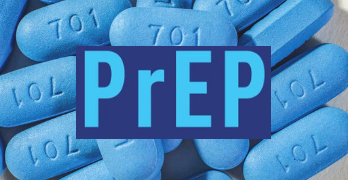More than one thousand international students in Sydney have benefited from the MHAHS International Student HIV Project.
The project aims to increase HIV health literacy, and promote access to HIV testing, prevention and treatment. The target audience is international students attending English language colleges in NSW.In partnership with Positive Life NSW, more than 41 education sessions have been delivered, reaching more than 1070 students in 2018.
Senior Community Engagement Officer, Wa'el Sabri, said: “The project was highly successful in 2018, and we are proud that together with our partners we are able to offer such quality HIV education sessions to international students.”
More than two thousand Safe sex packs, HIV educational resources and information in several languages were provided at ten English Language Colleges.
The project continues to foster new collaborations. Last year, an integrated skills module was developed, in partnership with an English College. This module will help teachers to use HIV as a topic when teaching English. This module will be piloted this year, and it is hoped it can be scaled more broadly to other colleges.
Much of the project’s success is due to its ability to be flexible to the needs of the participating colleges and students. The 2-part HIV information sessions include 1 session that focuses on on HIV testing, prevention and treatment, and 1 session delivered by a person living with HIV.
“Our sessions provide factual information about HIV, and also allow students to hear about the experiences of someone living with HIV. This raises awareness of stigma and discrimination, and adds a human element to the program.A key characteristic of our sessions is its ability to be flexible and adaptable in terms of its length, English language proficiency, cultural backgrounds. Evaluations suggest students have an increased understanding of HIV, and an increased awareness of HIV testing and prevention options following our session. A majority of students also indicate they are likely to share the information, which is really positive”, said Mr Sabri.
For more information about the International Students HIV Project, please contact Wa'el Sabri on 95151234 or email
